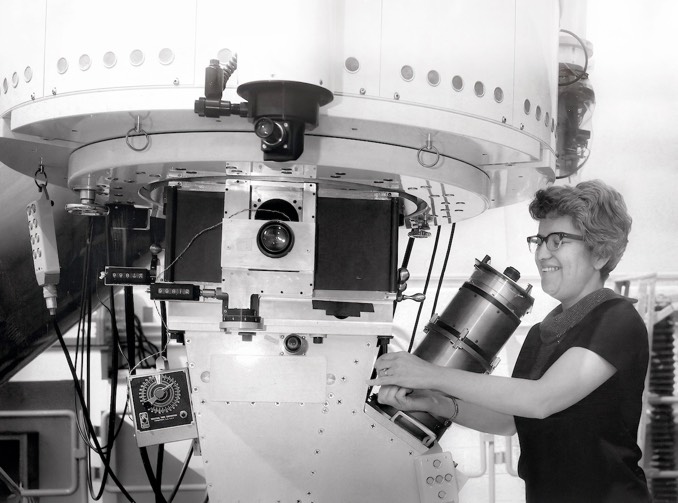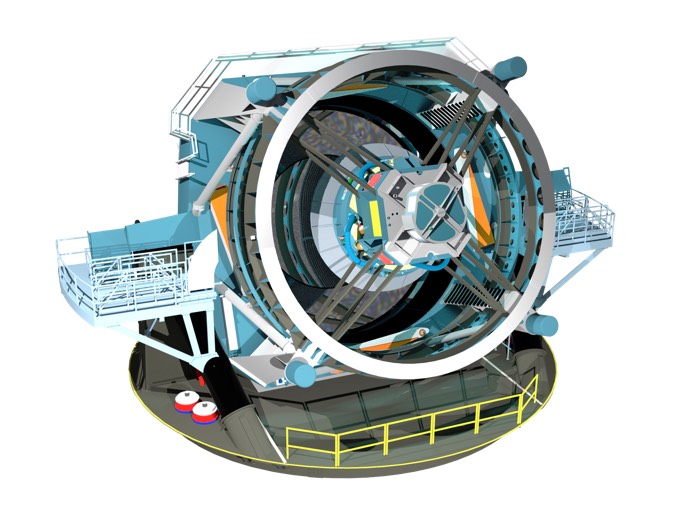
The Large Synoptic Survey Telescope, being built to probe the nature of dark matter and dark energy, has been renamed the Vera C. Rubin Observatory, or VRO, in honour of the late Carnegie astronomer whose studies of galactic rotation confirmed the existence of dark matter.
“Vera challenged conventional thinking and transformed our understanding of the universe,” said Carnegie Science President Eric D. Isaacs. “We are proud that this next-generation observatory will be named in recognition of her contributions 50 years after she and her Carnegie colleague Kent Ford first published their landmark work on the rotation curves of galaxies, providing clear evidence for the existence of dark matter.”
Rubin measured the angular rotation of stars in spiral galaxies, expecting velocities to drop off as one moved farther from the core. Instead, the spectra indicated the velocities did not change, implying the presence of unseen material – dark matter – supplying the necessary gravitational glue.
U.S. Representatives Bernice Johnson and Jenniffer González-Colón led the effort to honour Rubin, sponsoring a bill in the U.S. House of Representatives that was signed into law 20 December.
“Named after an astronomer who provided important evidence of the existence of dark matter, the NSF (National Science Foundation) Vera C. Rubin Observatory is set to make science history with its extraordinary capabilities that will come to bear in the next few years,” said NSF Director France Córdova.

“Congress has helped make this inspiring commemoration a reality. The Rubin Observatory is expected to significantly advance what we know about dark matter and dark energy, so the Rubin name will have yet another way to inspire women and men eager to investigate.”
The VRO is being built in Chile. It will use an 8.4-metre primary mirror in a design creating an extremely wide field of view. Equipped with a 3,200-megapixel camera, the telescope will be able to image the entire sky every three nights.
The facility is expected to generate 500 petabytes of data in 10 years, focusing on transient events, hazardous asteroids and the outer solar system, the structure of the Milky Way and looking for clues about the nature of dark energy and matter.
According to the observatory’s web site, “the scientific questions that LSST will address are profound, and yet the concept behind the design of the LSST project is remarkably simple: conduct a deep survey over an enormous area of sky; do it with a frequency that enables images of every part of the visible sky to be obtained every few nights; and continue in this mode for ten years to achieve astronomical catalogs thousands of times larger than have ever previously been compiled.”



